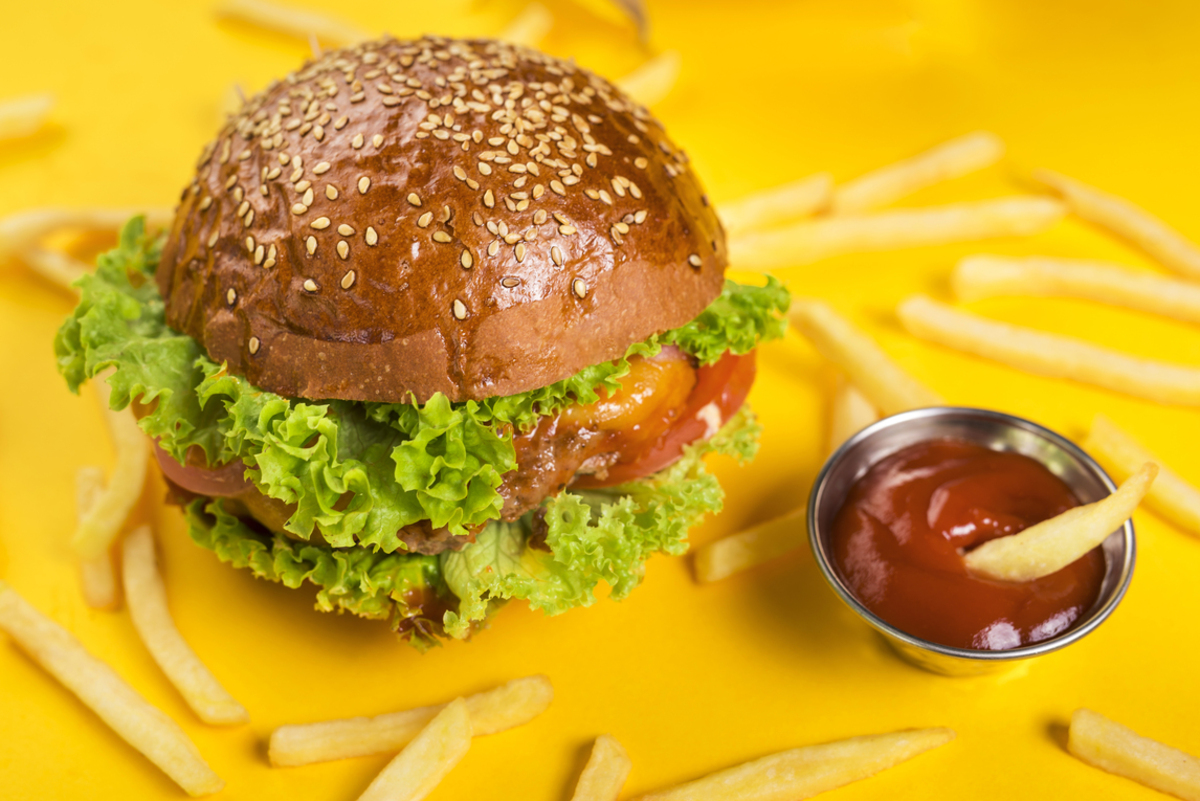You've decided to lose some weight, but it's proven difficult with those sneaky calories in your food. Let's face it; hidden calories are everywhere from salad dressings to fried foods. It's hard to keep track of your calorie count and constantly look at the labels of the foods you eat. Depending on where you shop and live, not all foods even contain nutritional labels, or they’re so small you can barely see them!

What should you know about hidden calories?
Concealed Calories: How food manufacturers play calorie hide and seek with you?
Hidden calories are everywhere, but which foods are the sneakiest? Calories are usually hidden in foods that seem to have a low calorie count but then you find out the sauce has hundreds of calories! Here are six foods with extra calories you should know about.
1. Salads
We know it seems surprising that salads harbor hidden calories; weren't they meant to be the quintessential and almost stereotypical low-calorie option?? It's true that things like lettuce, spring onions, spinach, radishes, and cucumbers aren’t going to make you go over your “calorie budget” — no matter how much you eat. It takes 135 celery sticks to get you to 135 calories for instance, while you only need to eat a 25-gram piece of caramel chocolate to get the same amount. So, where are the hidden calories in salads? The extras you may forget you even had are the guilty party — things like mayo-based dressings, olive oil, pieces of cheese, bacon bits, and croutons. That salad isn't a low-calorie choice anymore.
2. Coffee and tea
Alone, coffee — whether instant or prepared from grounds — and tea are almost devoid of calories. By the time you add milk, cream, sugar, syrup, and the like, you may end up with a feast attended by several hundreds of calories — just check out the Starbucks website, for instance, to discover how many calories can be found in that whipped-cream-topped Grande Pumpkin Spice Latte. Enjoy this kind of beverage. In moderation. Perhaps extreme moderation. Fancy coffees can certainly throw a spanner in your weight loss works all on their own if you’re particularly into them.
3. Small snacks
They may be small, but your snacks aren’t necessarily harmless. Whether the snacks you stock up on to fight mid-afternoon food cravings are healthy — like nuts — or really unhealthy, they can really add to your daily caloric total. Things like candy bars, chips, small pastries, and dried fruits can sabotage your weight loss.
4. Fried Foods
Fried foods hide calories you can’t even really see. French fries, for instance, have 340 calories, but it doesn’t all come from the potatoes. The real culprit is the oil used to fry the food. Even just a bit of oil can have you drowning in calories. No, thank you.
5. Sugary foods and drinks
A simple sugary breakfast cereal doesn't fill you up, but it sure adds to your daily calories. The same is true for a cinnamon bun or a donut.
6. Sauces
A lot of fast foods and restaurants offer dipping sauces. Yes, they’re awfully tasty, but just like the salad dressings, these sauces are full of calories. While it's tempting to dip your foods in these sauces to add more flavor, it's not good if you're trying to lose weight. Next time, say no to extra sauces.
Many other high-calorie foods that you may forget you even had include bagels. orange juice, white wine, and frankly basically anything you don’t cook yourself. People also tend to underestimate the calories found in peanut butter. Did you know one tablespoon of peanut butter packs around 100 calories?
So, why are you getting more calories than you think? Apart from not realizing just how many calories your foods may be hiding, or forgetting to count the little things because they just don't seem very substantial, you may also be underestimating your portion sizes
How can you make sure you're not getting too many calories?
Calories can pile up quickly, so how can you make sure you're losing them?
- Set regular meal times and only eat then.
- Eat before you get really hungry. Hungry people tend to overeat.
- Make sure to include enough protein in your diet — protein keeps you fuller for longer. Some people choose to have a protein shake in the morning to enhance weight loss. But also, include natural protein in your diet. Foods high in protein include milk, shrimp, tuna, tofu, and eggs.
- When you eat salads, don't add those high-calorie dressings. Instead try low-calorie alternatives like lemon juice and vinegar.
- Photo courtesy of SteadyHealth


Your thoughts on this